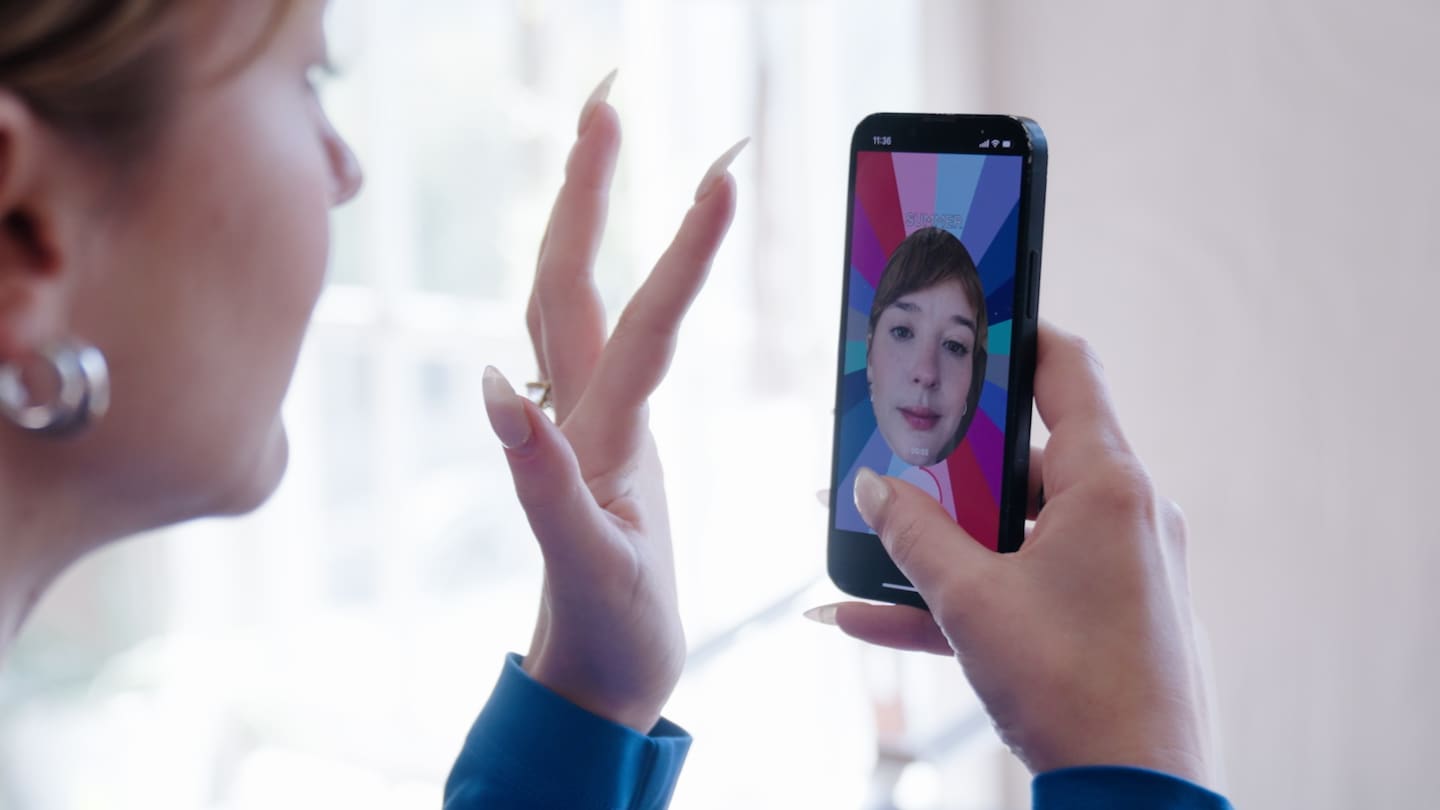
How to get your color analysis, season with TikTok and ChatGPT
- Science
- April 13, 2024
- No Comment
- 178
Now, tech tools such as TikTok effects, stand-alone apps and ChatGPT are bringing the process into our own homes, letting us experiment with different methods of color analysis on the cheap. Finding your best colors, like your star sign or Myers Briggs Type, can be a welcome distraction from life’s demands. But color analysis has historically excluded people with darker skin, professional analysts said, and AI is especially liable to regurgitate those biases and misconceptions. In recent years, professionals have moved beyond the traditional four-season system toward a more tailored approach, advising clients on their most flattering garments and jewelry without grouping them into rigid categories.
“If a color looks great on you, and you feel great in the color, that’s one of your colors,” said Chicago-based image consultant Yvonne Henderson Decker, noting that many people have a mix of warm and cool, bright and muted, and light and dark colors in their complexions.
If you’re ready to use technology to navigate the admittedly confusing world of color analysis, here are some tips from the professionals.
What’s happening on TikTok?
The idea that every person has a unique flattering color palette has gained steam on the video app after a few decades in our cultural rearview mirror. Some TikTokers are using AI effects to digitally “drape” themselves with colored fabrics. Others are getting into drag-out fights about whether Zooey Deschanel should be wearing hot or powder pink.
The most dedicated fans of color analysis are traveling for in-person consultations — in many cases to South Korea, where the practice enjoys more mainstream popularity.
Some TikTok videos show people happily sharing their color palettes, but many others contain questions or frustrations. Why is it so difficult to assess whether your skin is “warm,” with yellow or peach undertones, or “cool,” with pink or gray? Why do different analysts get different results? And does this system work well for people of all races?
Jada Foote, a style coach in Atlanta, got interested in color analysis as a way to help her clients, who are largely women of color, feel great in their wardrobes. But she quickly noticed exclusionary myths — that all Black women have warm skin tones or that all darker-skinned people fall into the winter palette.
Now, Foote uses the four seasons as a starting point, with plenty of room to improvise. Many people don’t fit neatly inside seasonal color palettes, she said, so feel free to toss them out.
“We all look different. We all have different features that we’re highlighting. And once we know what those are, we can say, ‘Actually, I look my best in that.’” Foote said. “I want people to advocate for themselves with confidence and create their own individual style that no one can copy. Your wardrobe becomes a snowflake.”
Contemporary color analysts look at a color’s value (how much white is present), intensity (how much gray) and temperature (warm or cool), Decker said. All these factors may help you identify your favorite or most flattering shades.
Professional analysts suggested you start with a broad question, like “Is my skin color warm or cool?”
Adobe Color, a tool that helps designers explore color options, can help, Foote said. Its “extract theme” tool will make a palette based on the colors in your face. Upload a photo of yourself standing in front of a window with no shadows and your hair pinned away from your face. Then move those little circles around so they’re sampling the colors from different spots in your photo — I put them on my eyes, hair, lips and neck.
Screenshot or save the resulting palette, and examine whether the shades are warm or cool. Do they have a yellow undertone, like Kelly green, or a blue cast, like emerald?
Some people on TikTok asked ChatGPT for help assessing their colors. On an iPhone, take a selfie or download your Adobe palette, then tap “edit.” Go to “markup” in the top right corner, then open the color menu. Tap the eyedropper tool and select a color. Then, change the view to “sliders” and write down the color’s hexadecimal code, which will look like #000000.
Repeat this process for your hair and eye colors. Now open ChatGPT and type in what you found. Here’s the prompt I used: “My skin color is #000000, my eyes are #000000 and my hair is #000000. Are these shades warm or cool?”
The bot spat out a guess at my temperatures — warm across the board — and gave some suggestions for my best colors. Be aware, though: Foote said ChatGPT seemed to struggle with darker skin tones, indiscriminately labeling them as warm.
TikTok effects like this one hold your face up next to different color palettes so you can compare. Select “use this effect,” hold down the record button and tap the screen to cycle through the seasons. Keep an eye on your own face to see how it looks next to different tones, advised color analyst Karen Brunger. Does the spring palette make your eyes and teeth look brighter? Does summer make you look tired? Flattering colors will draw attention toward your face rather than away from it, Brunger said.
Why do different tools give me different results?
I thought new tech tools might make the color analysis process easy. They did not.
First, ChatGPT labeled me an autumn. Then some time on TikTok convinced me I’m a winter. Looking for some higher authority, I paid $150 for color analyst and beloved TikToker Carol Brailey to review my photos over email: “true spring.” Then I called San Francisco personal stylist Lili Henry, who came to my office for an in-person analysis. Light summer, she decreed.
Unlike your blood type, your color season can’t be empirically confirmed. If you want more data points, try a color analysis app such as Dressika or consider booking time with an analyst in person or over video call. Your colors might change over time, Decker said, so think of it like a lifelong exploration of self, rather than a one-and-done label.
The goal of color analysis should be to feel comfy and gorgeous in your own skin, Henry said. If the colors you settle on make you feel joyful, bold, vivacious, intimidating, gorgeous, scary, or in any way more alive — consider this a successful exercise.
#color #analysis #season #TikTok #ChatGPT









